Finding Chontea in Bali felt serendipitous, but before I dive into it, let me set the stage—a little backstory featuring the good, the bad, and the ugly. I was in Bali with my cousins (the good), but I spent most of my time cooped up in the hotel room (the bad), sick AF (the ugly).
In the late afternoon, after waking up delirious from a feverish nap, I craved some fresh air. Stepping out of the Alaya Hotel room’s terrace, I saw a green walking path leading to a sawah (rice field) and, just beyond it, a quaint little hut resembling a teahouse.
At first, I thought it was my fever playing tricks on me. But armed with nothing but time, Wi-Fi, and a mild fever, I googled it—Chontea Ubud Teahouse.
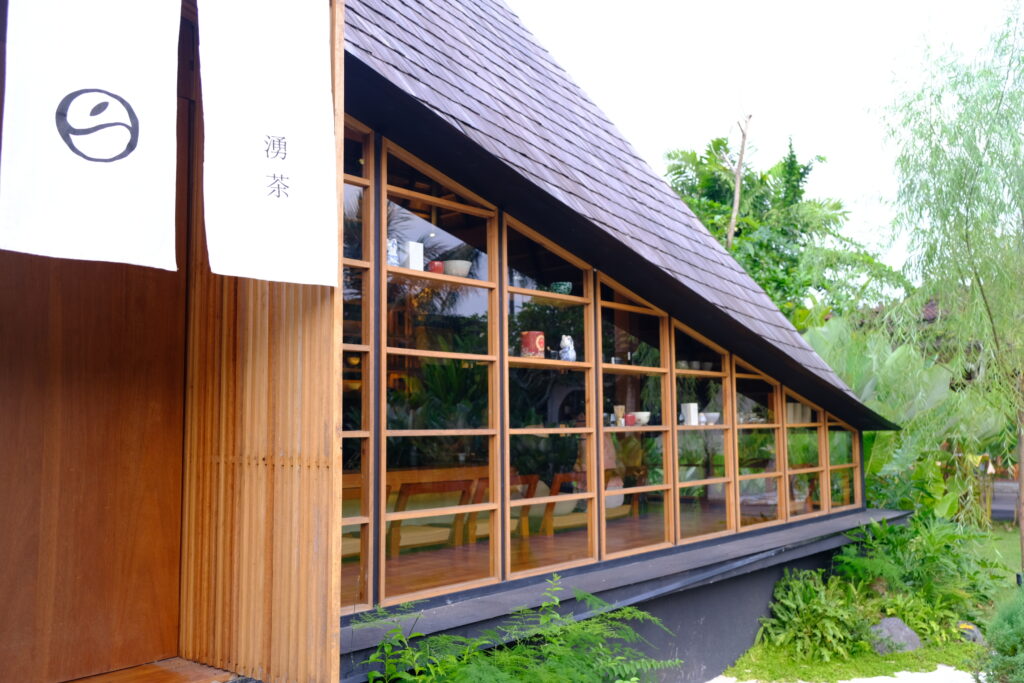
A Japanese teahouse? In Ubud, Bali? I was intrigued enough to shower before slathering myself with half a bottle of Vicks, grabbing the hotel tissue box, and heading its way.
A minute later, I was standing at its entrance, making a reservation—because if years of eating in Melbourne have taught me anything, it’s always to book in advance.
Inside, I was warmly greeted and invited to replace my shoes with the in-house sandal. It felt very Japanese, which I appreciated. I was shown to my seat, nestled between empty chairs.
Tea Journey in Chontea Ubud Teahouse
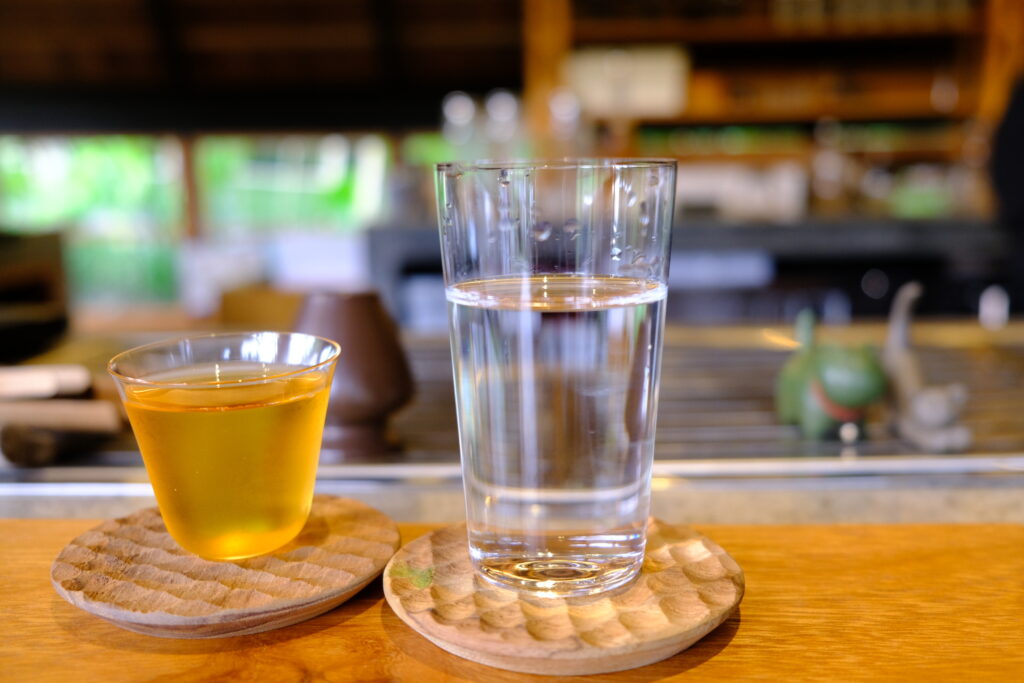
The experience began with a complimentary cold tea brewed for 16 hours and chilled. It was refreshing, with a clean taste that soothed my feverish haze. While sipping the tea, I browsed their Summer-Autumn menu. I was interested in both the Tea Journey Experience of four different types of teas and the Matcha Tasting, which features a selection of three matcha cultivars.
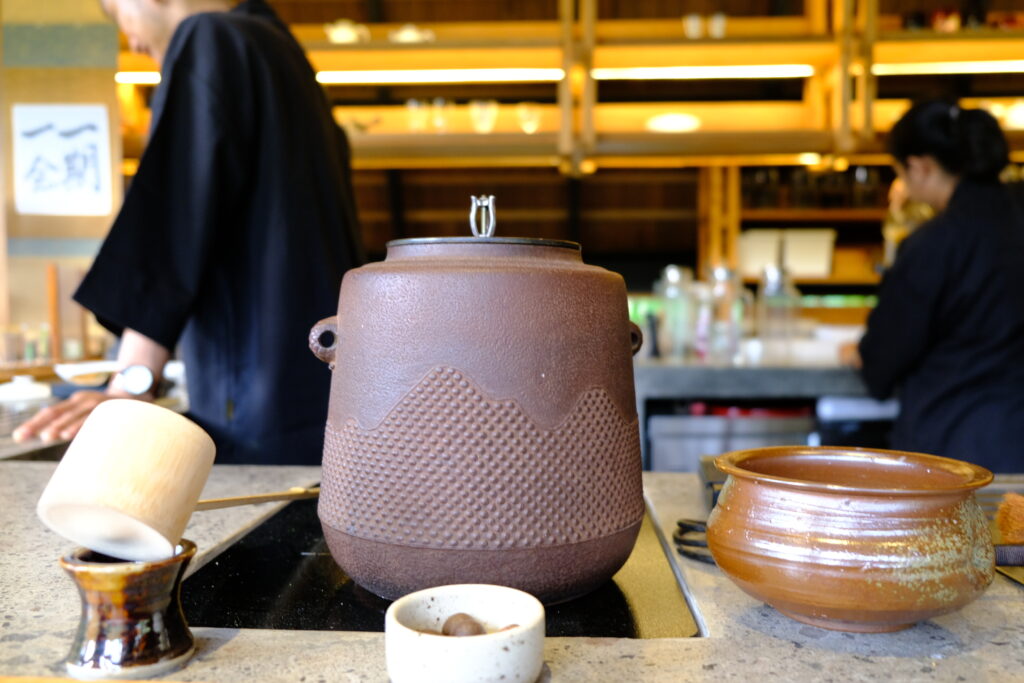
Though I usually love Matcha, the thought of downing matcha when I was already nauseous made me feel even sicker, so I opted for the earlier option- Chontea Teahouse’s Tea Journey Experience. That’s when the tea server reminded me it’d take close to two hours. Deciding I had nothing but time, I messaged my cousins (confirming that they were still shopping) and went ahead with my own tea journey.
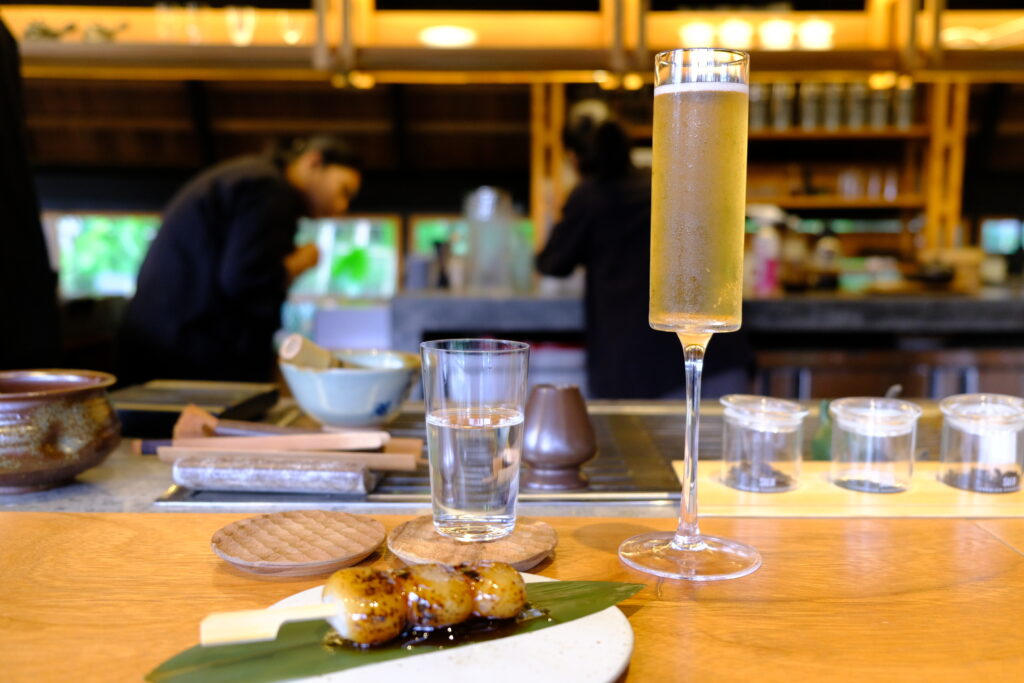
The first tea arrived in a glass flute: a sparkling tea reminiscent of sparkling wine paired with freshly made Dango (Japanese sweet dumplings) grilled right in front of me.
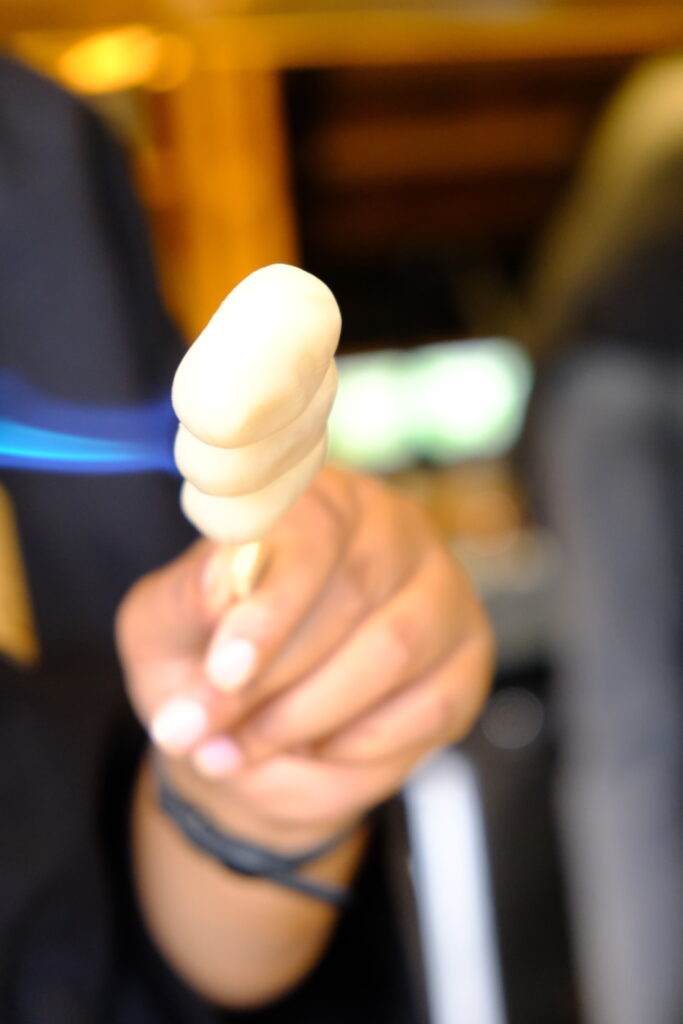
Biting into the warm, slightly charred dango paired with sparkling tea brought me such comfort that I practically teared up—a reminder that comfort food can come in unexpected forms.
Bena, the tea barista, and I started chatting about Bali’s global influences and the joy of finding a Japanese teahouse in the heart of the island.
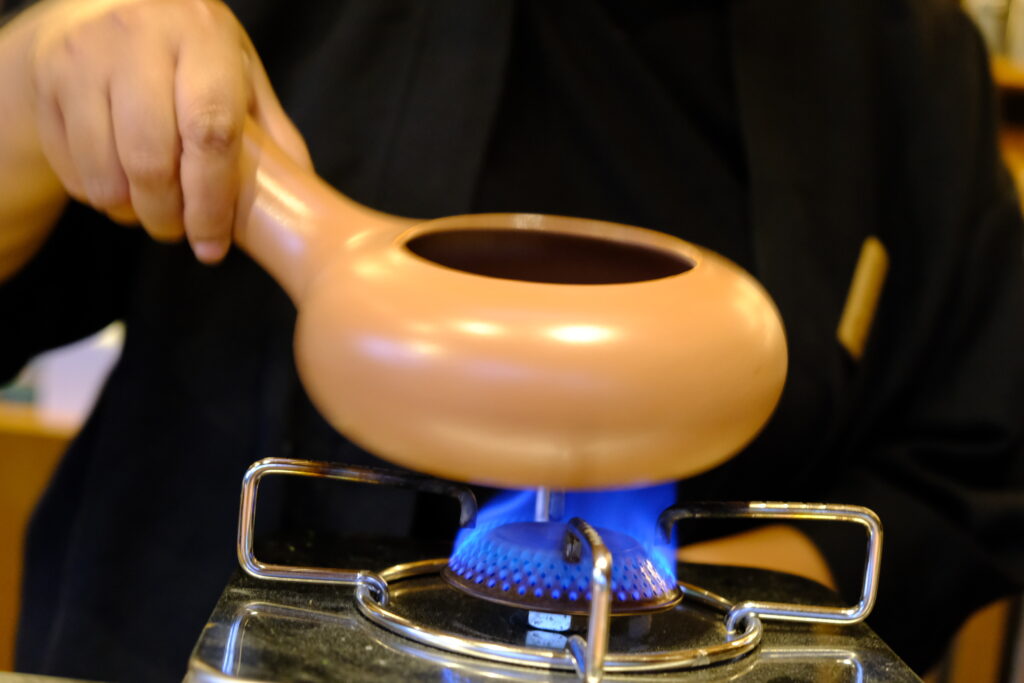
The second course featured Hojicha (roasted green tea with soba. Bena roasted them right in front of me, part of the sensory experience. Though my nose was entirely blocked, I appreciated her enthusiasm.
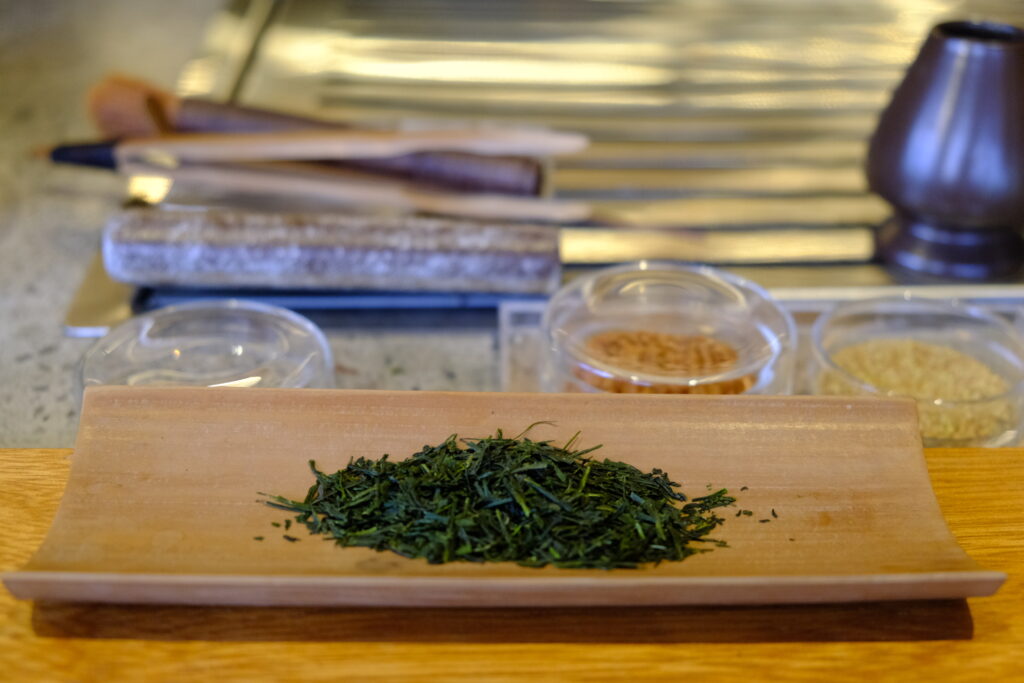
Watching Bena’s tea performance, I also learned that tea baristas must try the tea before serving it to customers to ensure that it tastes right.
This was also when she explained the concept of tea pets and how the first brew is poured over them to “awaken the tea.” It was fascinating to witness this fun tradition. Chontea Ubud Teahouse has two tea pets, green and brown cat ceramics, aptly named Matcha and Hojicha.
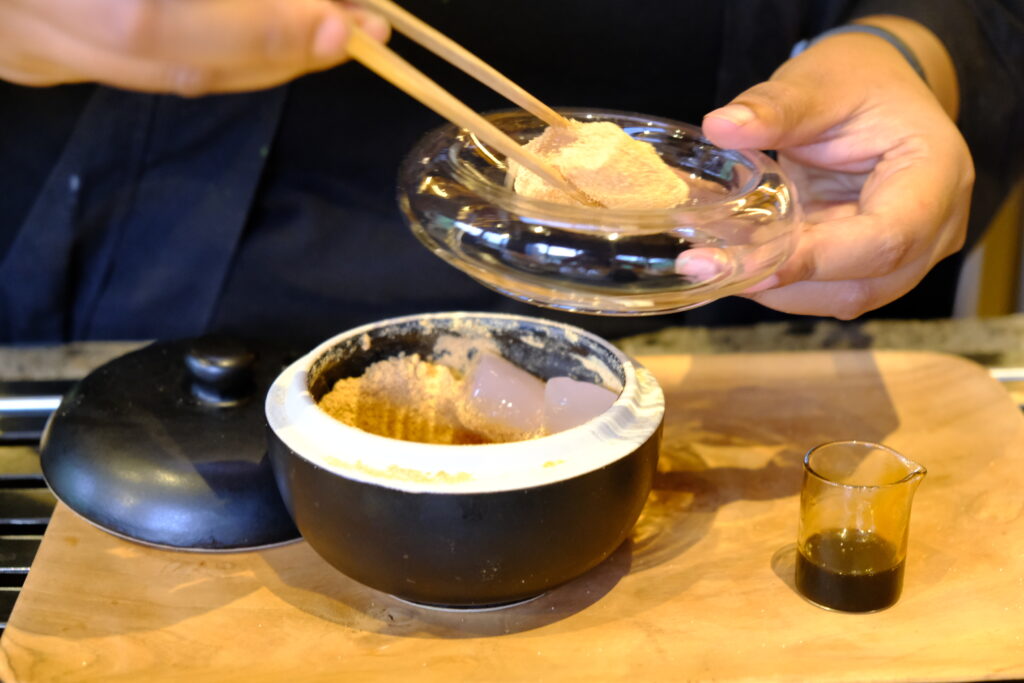
The Sobacha was clean and nutty, paired with Warabi Mochi—simple yet sublime.
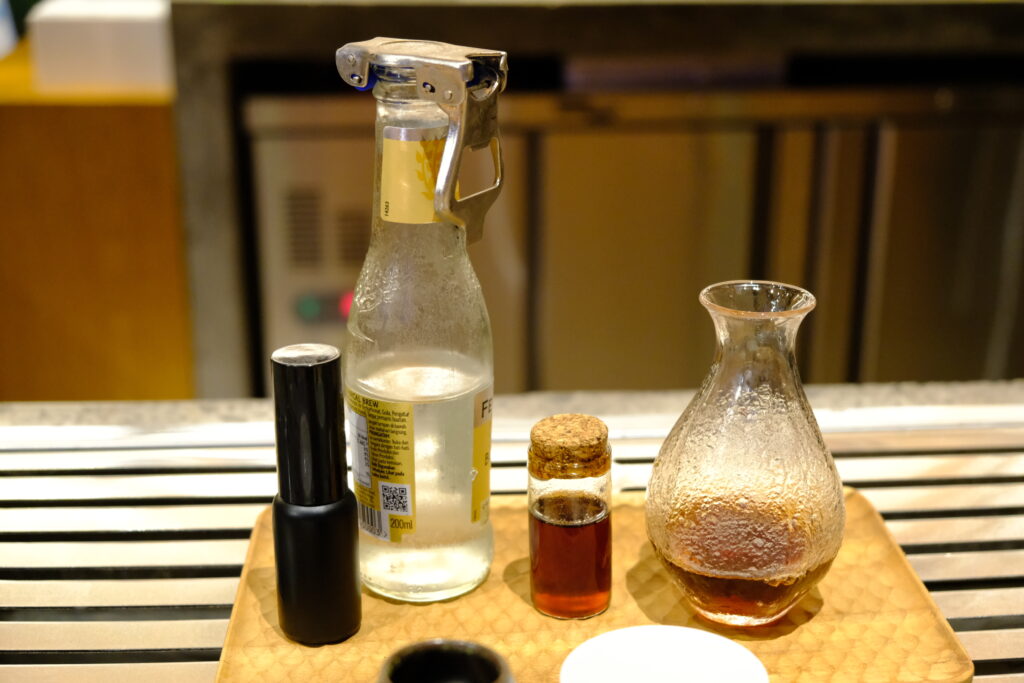
The third tea was the most elaborate: a black tea served with tonic water, syrup, and ice cubes, finished with a spritz of whiskey essence. Bena explained that it was meant to evoke the memory of the owner sipping tea in a distillery in Japan.
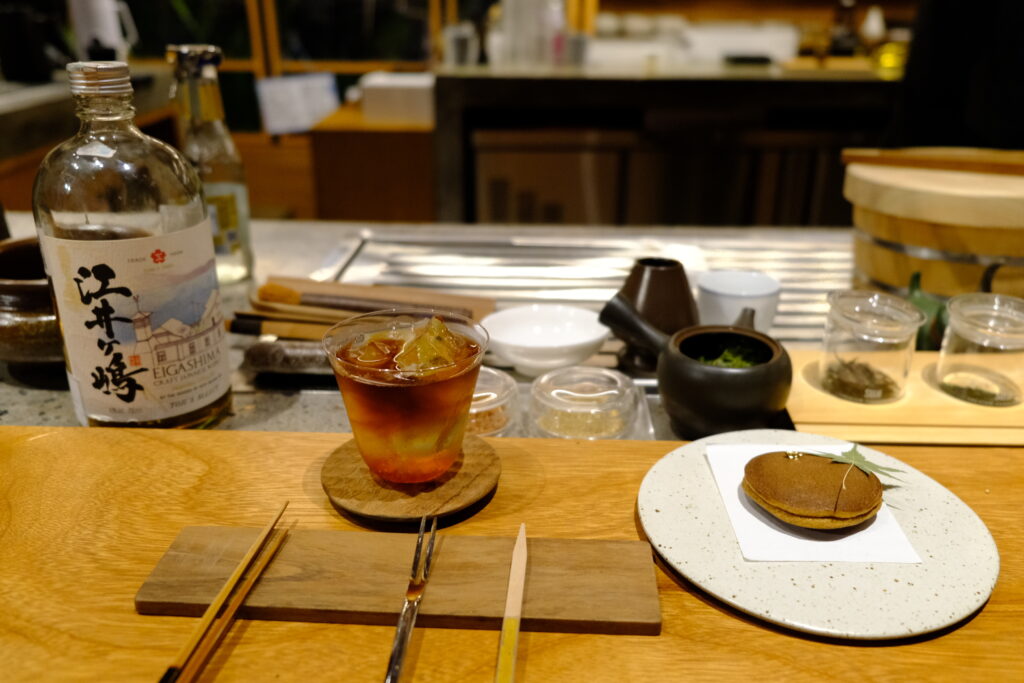
Though it sounded gimmicky, the experience, especially when Bena sprayed the essence into the air near me, worked beautifully.
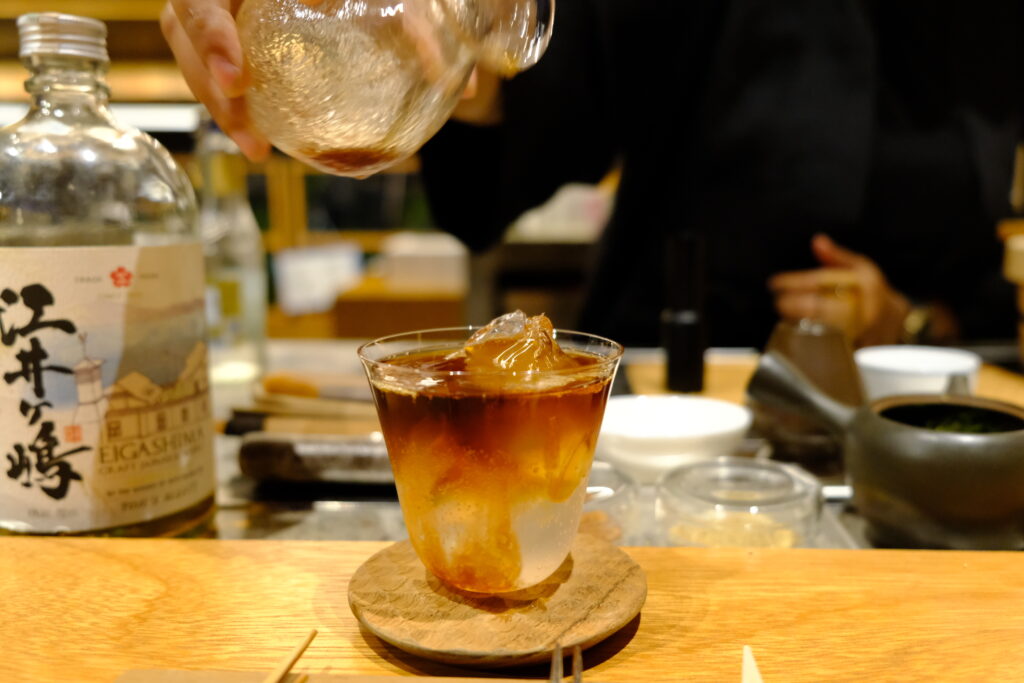
The tea came with an instruction to sip it and not stir it. I did and understood why. As the taste gradually changed from the first to the last sip, it was absolutely delightful.
The pairing? A perfect dorayaki (Japanese pancake filled with sweet red bean paste). As a longtime Doraemon fan, seeing dorayaki added a nostalgic joy to the experience.
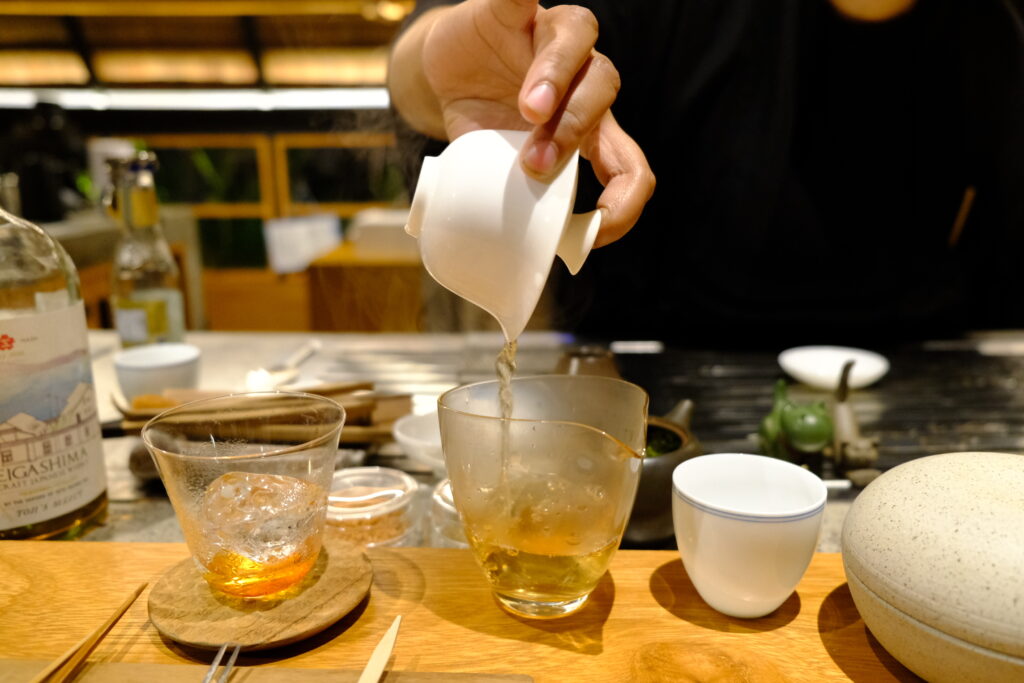
The final tea was Mi Lan Xiang, an Oolong, accompanied by a small chocolate-like treat. While the wagashi wasn’t my favourite pairing, the tea itself was warm and grounding—a gentle conclusion to my Chontea Ubud Teahouse tea journey.
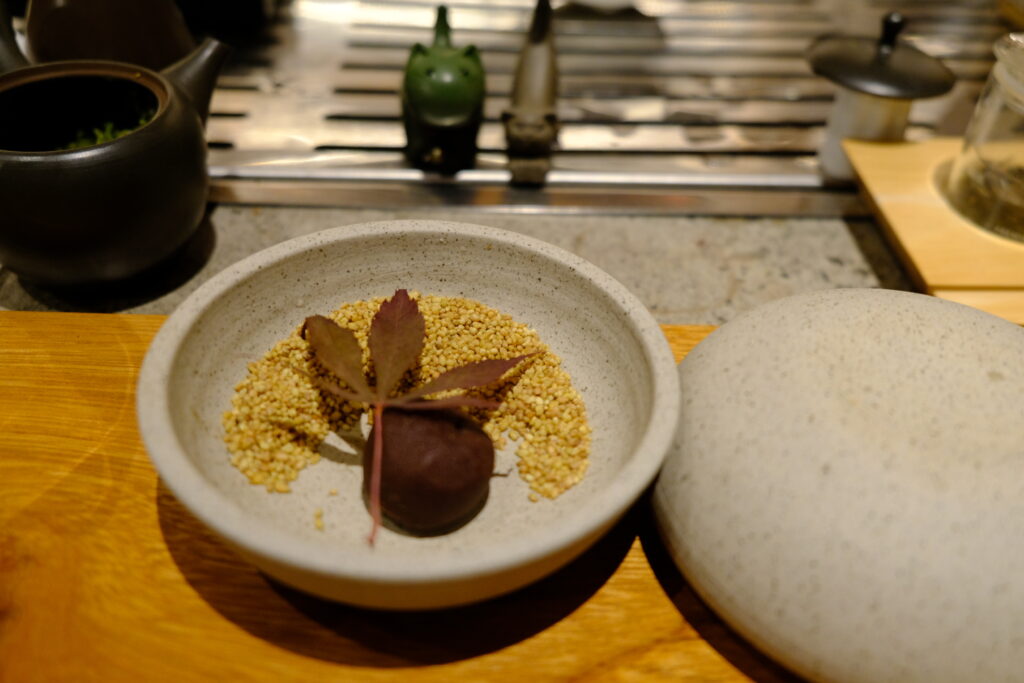
As Bena explained, serving tea is as much about the customer as it is about the tea itself, and her thoughtful hospitality left me feeling warm and content. Stepping out at dusk, ready to join my cousins for gossip and laughter, I felt a deep appreciation for the experience.
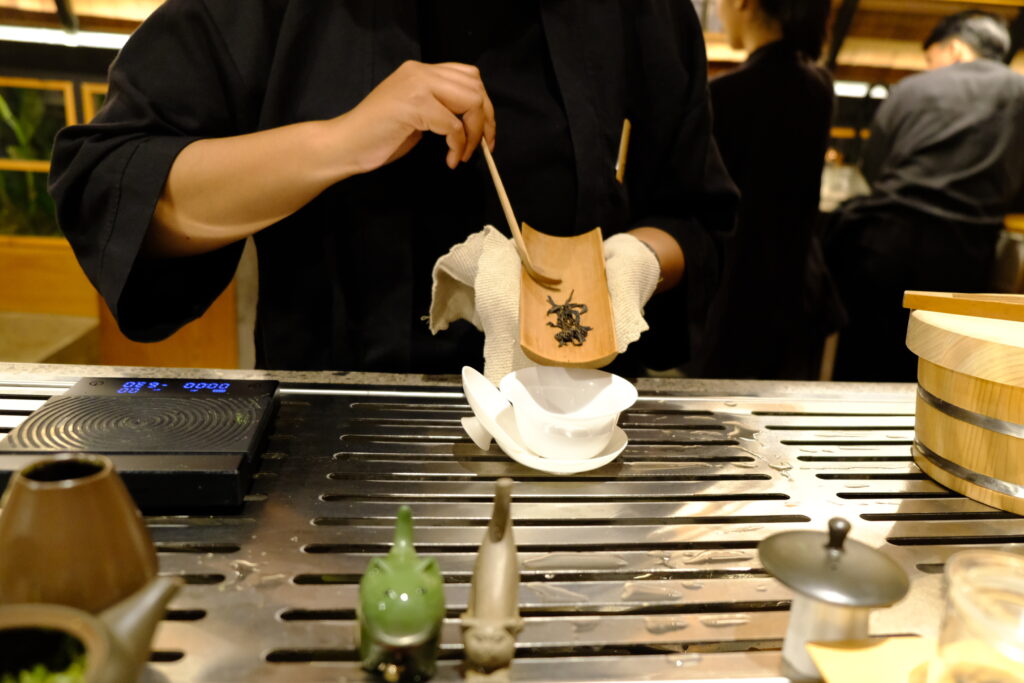
Bali, with its blend of global influences, continues to surprise me. From the unassuming roadside pasta restaurant to Japanese teahouses like this one, it’s full of delightful pockets that enrich its culture. If you ever find yourself in Bali, I’d highly recommend making a reservation and spending a zen afternoon in Chontea Ubud Teahouse. And if you do meet the lovely Bena, do say Hi from me.
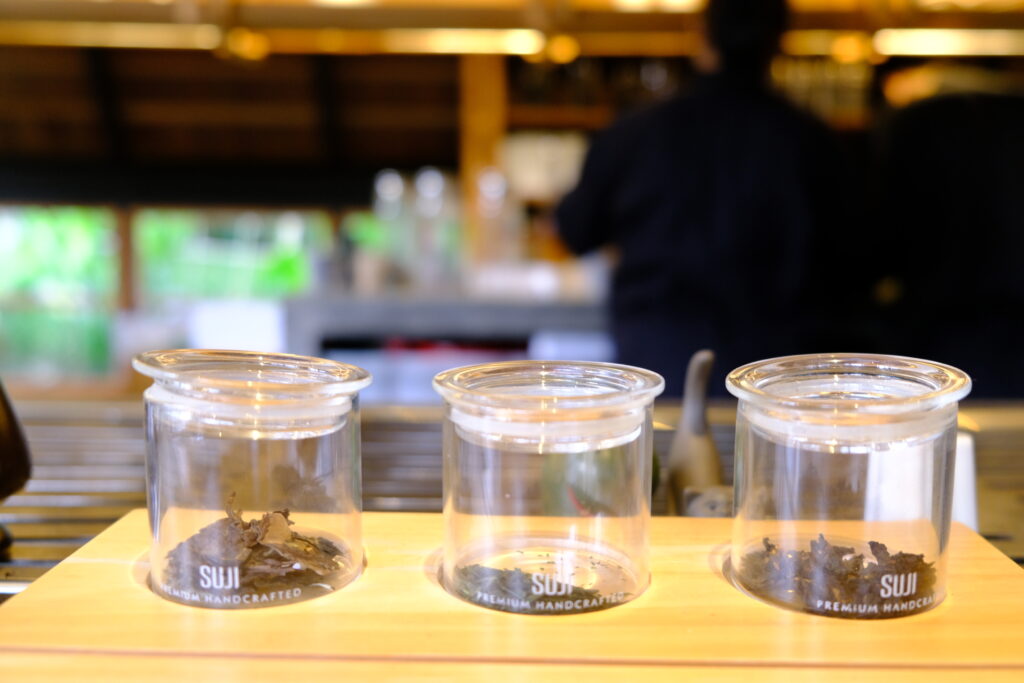
Follow me on Instagram @KultureKween for more recent updates.
My other favourite teahouse experience: Spilling The Tea on Korean Traditional Teahouse in Seoul
/ Ppong Da Bang, The Most Hectic Traditional Korean Teahouse in Seoul / Korean Teahouse at Bukchon Hanok Village Seoul.
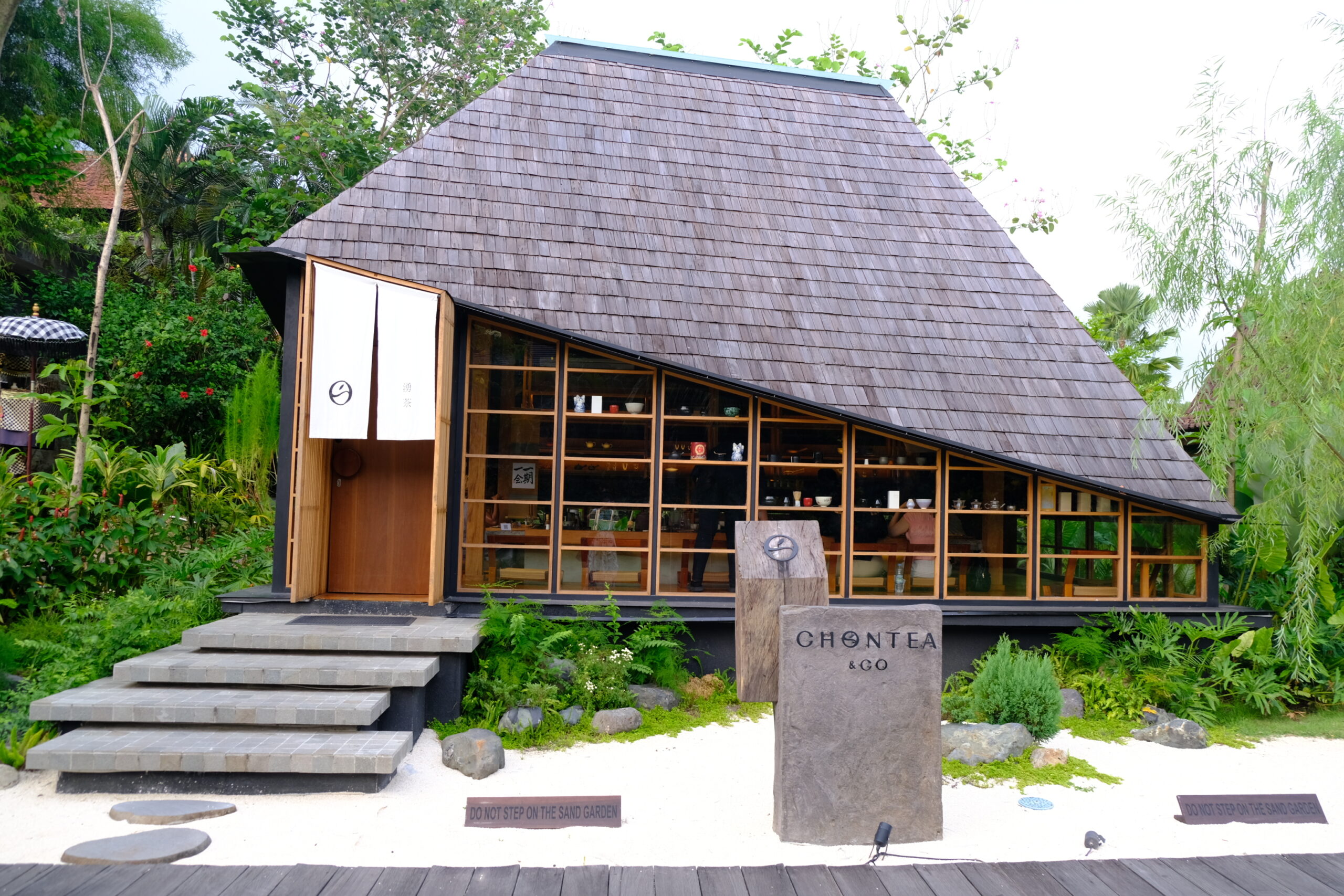
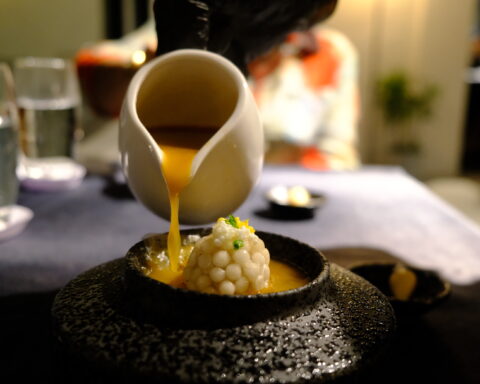
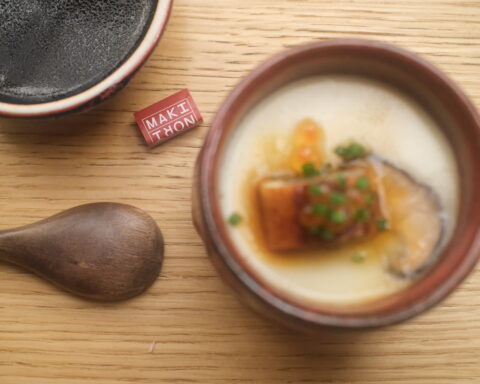
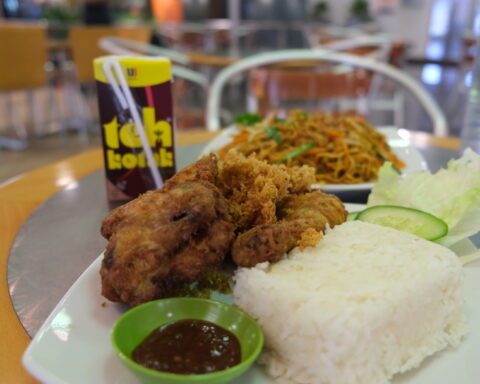
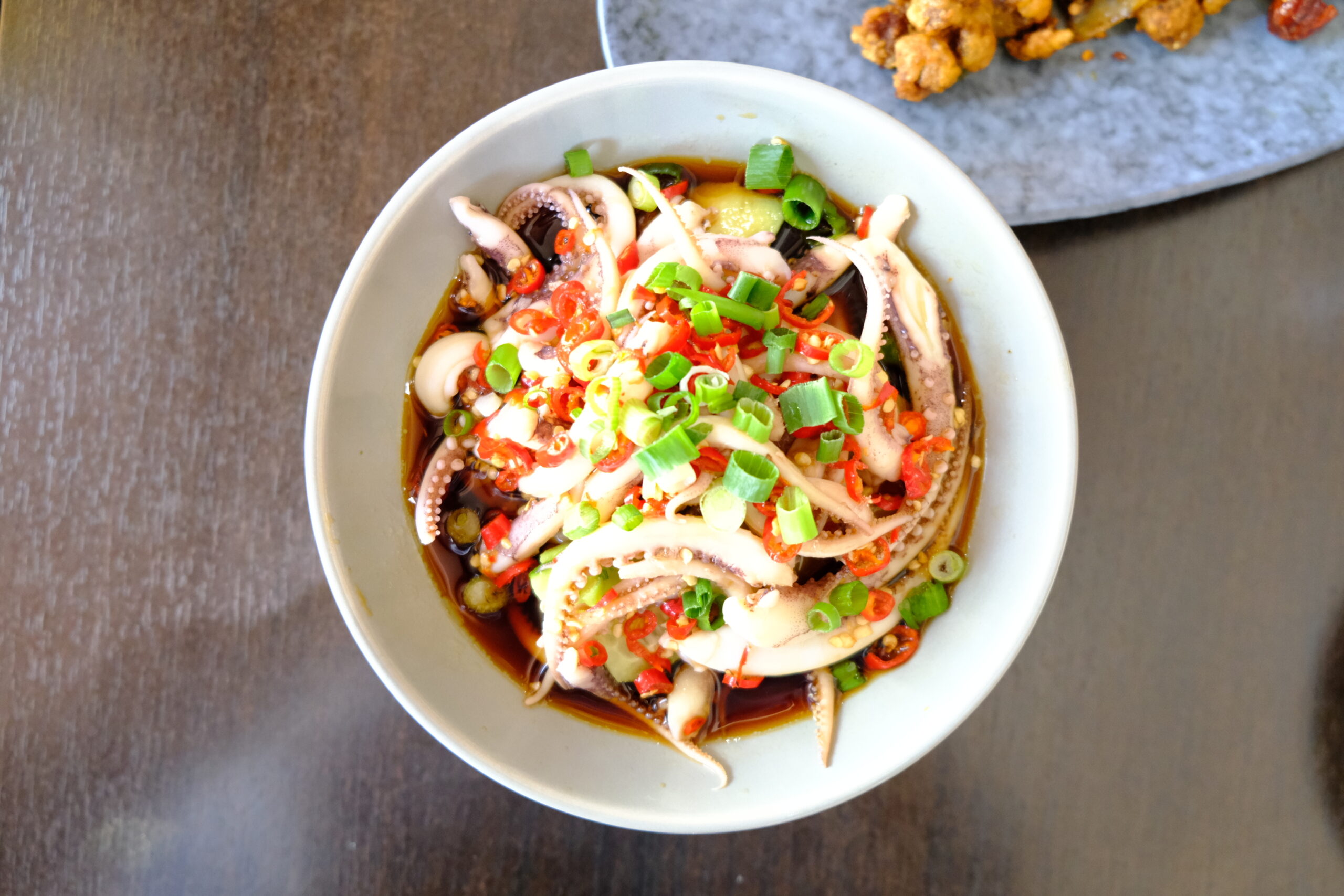
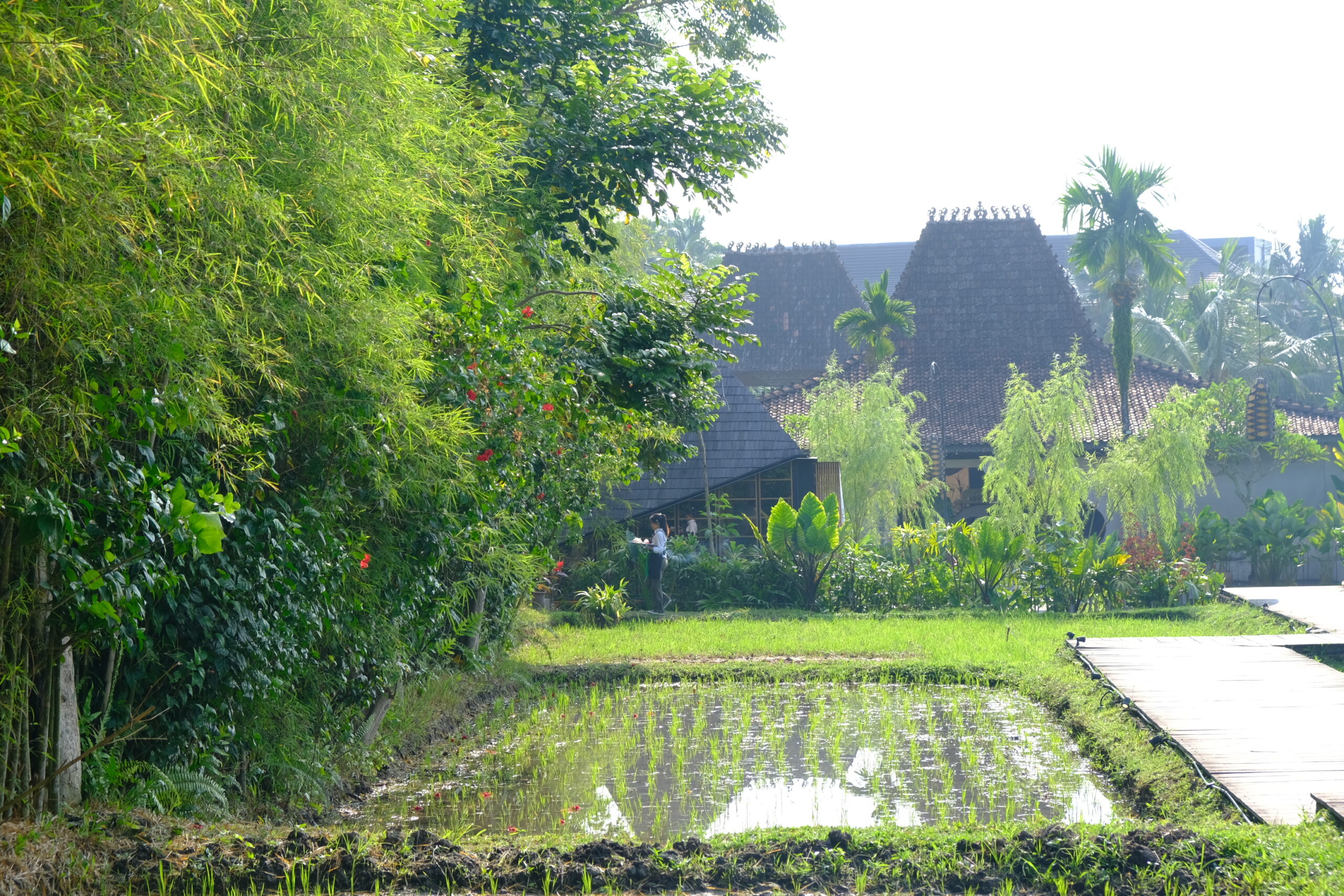
[…] This month, I wrote about Indonesian Street Food The Spicy Category🖋️ Hange The Best Chinese Food in Budapest 🖋️ Bogor Day Trip with My Amma 🖋️ Chontea Ubud Teahouse A Moment of Zen in Bali […]
This looks like so much fun. Let’s go here together yo 🥰
Um boleh, next time ya… maybe we can try the Seminyak one.